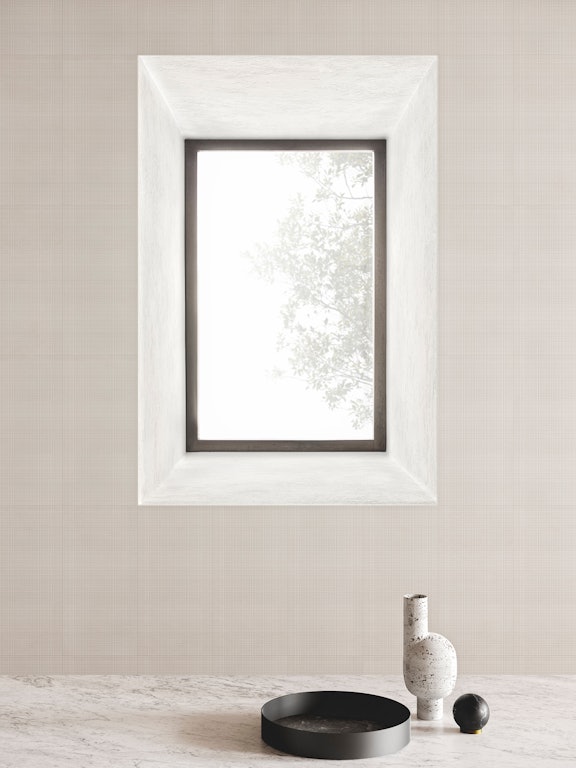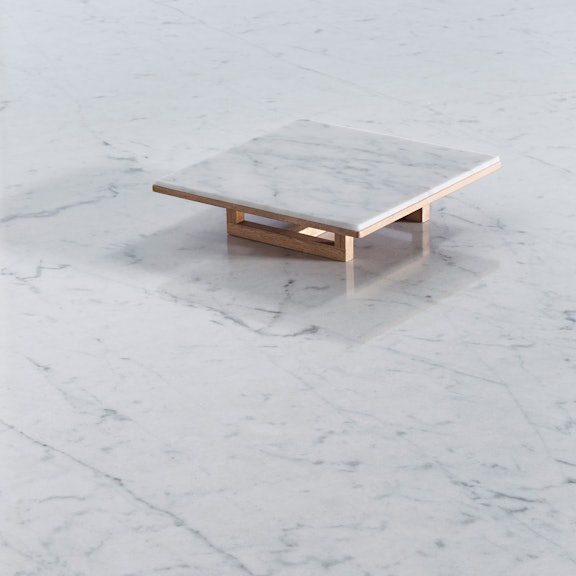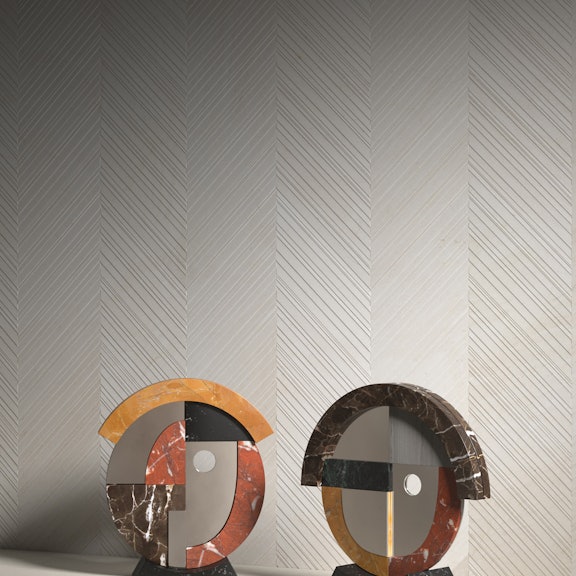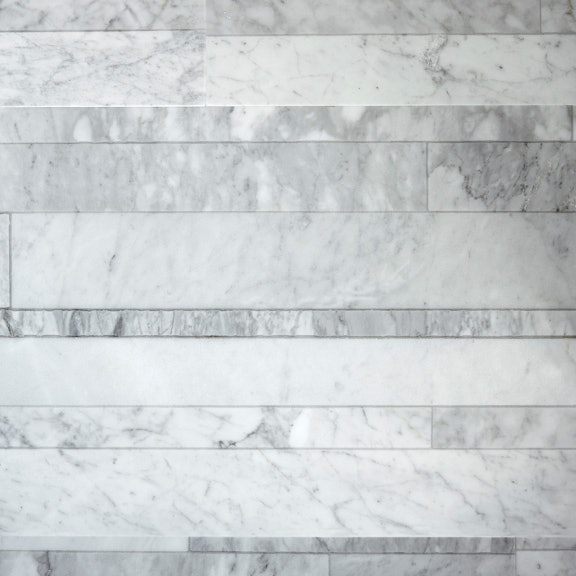Spotlight on sustainable construction and its advantages
03.2022
Sustainable construction, green architecture, call it what you will, is an increasingly hot topic. Find out what it is any why so many individuals and companies are adopting it
What is sustainable construction and what are its advantages?
Sustainable construction is a term that is becoming more and more frequently bandied about, but it’s not always clear what it really means. What does it entail and, above all, what advantages does it offer to construction as we know it? We thought it was time to clear up some of the confusion and mystery surrounding it with a look at it in some depth, together with examples of materials that chime with its principles.
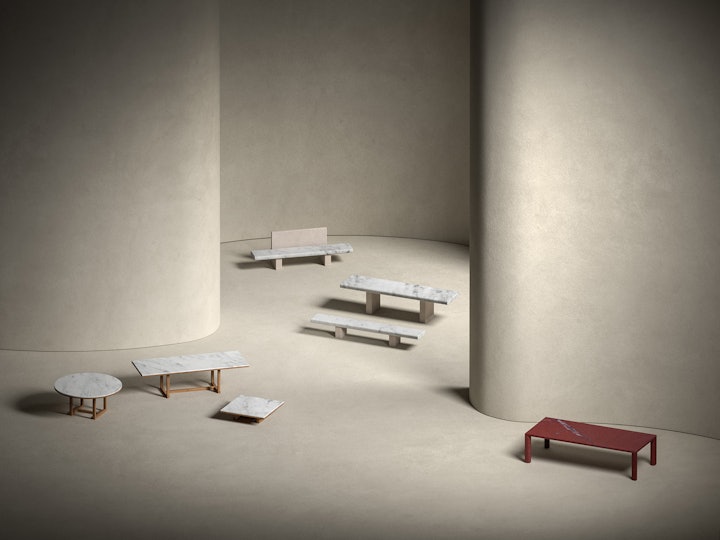
What is sustainable construction?
The term “sustainable construction” is also often referred to as green building, green architecture and green design. Whichever name you choose, the concept in general covers any activities involved in the design, implementation and construction of buildings and the materials, techniques and energy sources used to reduce environmental impact. It encompasses new-builds, renovations and any type of construction, from residential to commercial, from academic to hospitality.
As a movement, sustainable construction began in the Seventies, a decade in which public opinion began to form around environmental matters. Since then, it has steadily gained momentum with the simultaneous development of technologies and tools designed to improve the quality of the population and the environment itself.
With that explained, let’s now go into more detail and discover how the philosophy translates in concrete terms.
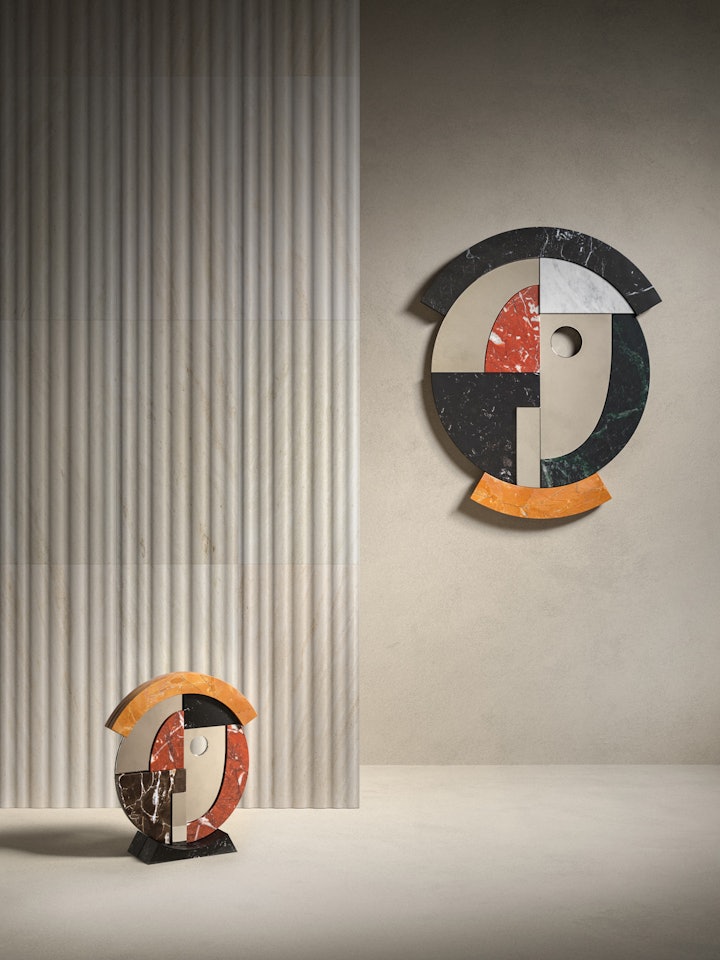
The characteristics of the green building approach
As you may have by now realised, the objective of green building or architecture is to limit the dispersion of energy through the use of nature-derived solutions and materials. Key to achieving this is a series of principles that guide construction and have become the pillars of this movement. These are based around:
- materials
- energy
- water
- health
- approach
- geographic restrictions or peculiarities
Starting with the first item on the list, materials, unsurprisingly, are absolutely fundamental to any kind of sustainable construction. The use of eco-friendly materials delivers excellent results in terms of reducing energy consumption and an informed choice (keeping in mind any rules relating to the end use of the building in question) can significantly reduce waste and help achieve a better energy rating.
Decreasing energy and water consumption is always a hot topic and of course, it is the main objective of green design, addressed through technologies and tools such as solar panels, heat pumps and special showers.
Another key goal of green building is looking after our health and this is where the use of non-toxic materials coming from natural sources plays a major role.
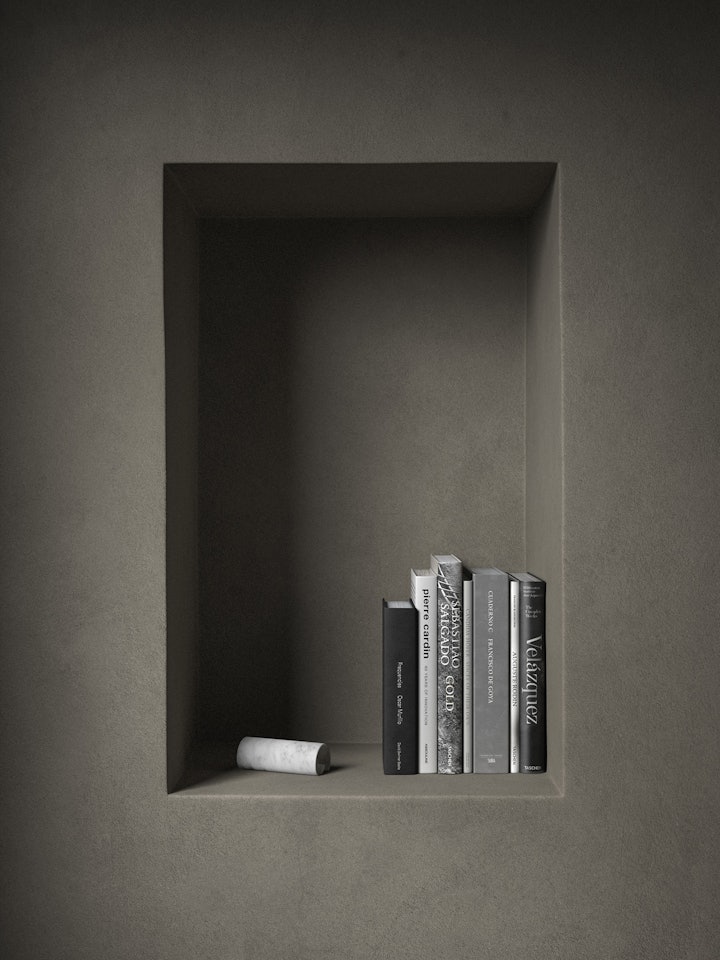
The approach principle requires knowledgeable, skilled personnel who are experts in green architecture and understand all aspects of sustainable construction, from design to the choice of materials, the latter of which should not only be of high quality, but also suitable for the task at hand. It also calls for professionals and tradespeople who know how to apply the techniques and approaches of this branch of building.
The last element to consider is the presence of any geographic restrictions or peculiarities that could prevent implementing sustainable construction techniques. To avoid the likelihood of discovering such limitations at an advanced stage of a project, as early as possible it is important to undertake any necessary analyses, verify any green zones in the area, understand any particular factors regarding the building’s layout and check parameters such as height restrictions, the location of the building in terms of exposure to elements such as the weather or light.
Now that we have looked at the characteristics that form the foundation of sustainable construction, let’s move on to its advantages.
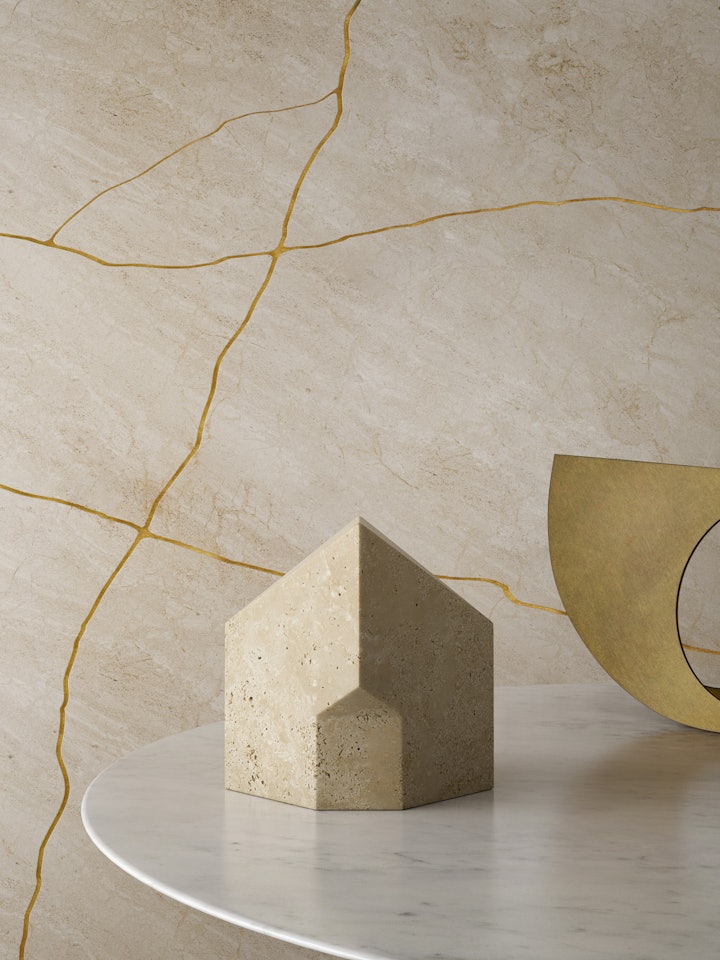
The advantages of sustainable construction
Green building offers a considerable range of advantages, making it a winning practice from both the human and environmental point of view. Among the main ones we have:
- energy efficiency
- reduced environmental impact (a consequence of energy savings)
- long-term energy savings
- increased property value
- improved health and wellbeing
- financial incentives
Energy efficiency is the result of a combination of tools, materials and systems that foster energy performance and consequently reduce waste. In turn, this leads to a decreased impact on the environment of the entire structure and, in the long run, inevitably means a substantial saving in energy bills. Another consequence of energy efficiency is a rise in property values, as buyers seek solutions to reduce their outgoings.
We can also see a positive effect on the health and wellbeing of those who inhabit, work or spend time in a “green” building, as a result of the use of innovative materials derived from natural sources.
Last, but not least, with the growing commitment to our planet, there are a number of financial incentives to encourage environmentally-friendly construction. For example, in many parts of the world, governments offer bonuses or partial refunds for work carried out to improve an existing building’s eco-friendly credentials, or build from scratch using materials and techniques that combine to attain a certain energy class.
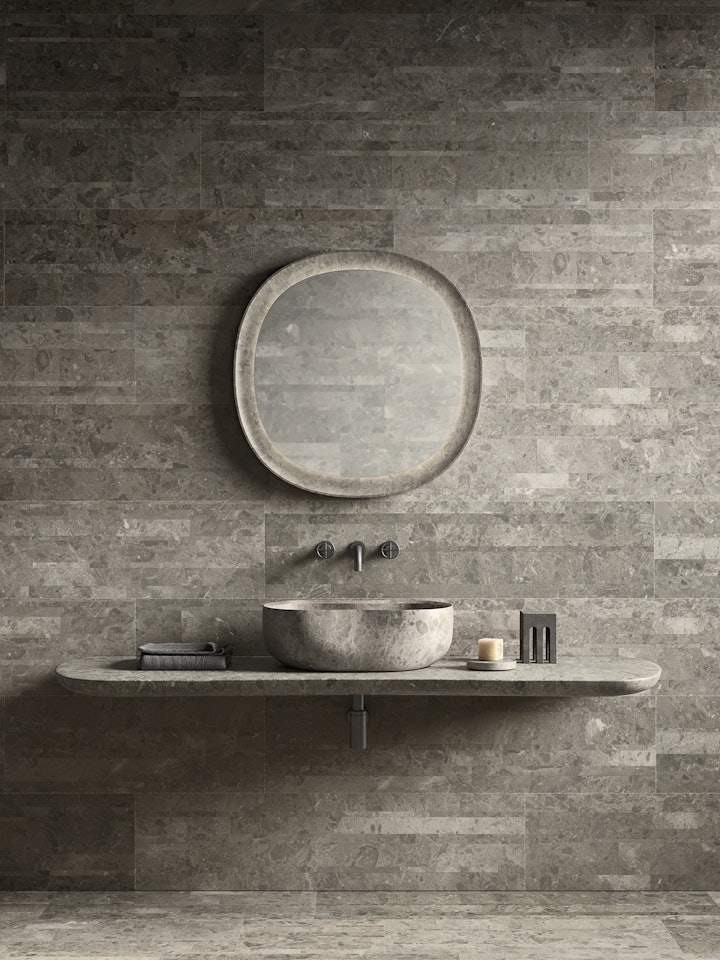
Lithoverde® and Lost Stones: two examples of sustainable materials
As we have already touched on, materials play a defining role in sustainable construction. Ideally, they should be natural, eco-compatible and, above all, meet the criteria at the heart of green design, namely to reduce impact on the environment.
This is a topic that is particularly close to our hearts and something we have been promoting for decades. Our R&D department is actively engaged in coming up with practical and feasible eco-friendly products, including Lithoverde® and Lost Stones. These two textures may be very different to look at but both came about through our commitment to reducing the impact on the environment without sacrificing aesthetics and functionality.
Lithoverde® is the first stone texture in the world that can truly lay claim to being almost entirely recycled and came about from the realisation of the amount of stone offcuts that are simply thrown away. After an extended process of experimenting to find a smart way to reuse them, we devised an innovative and surprisingly simple solution, creating slabs which are 99% made up of discarded stone, with a natural soy-based resin used as a binding agent (that’s the final 1%).
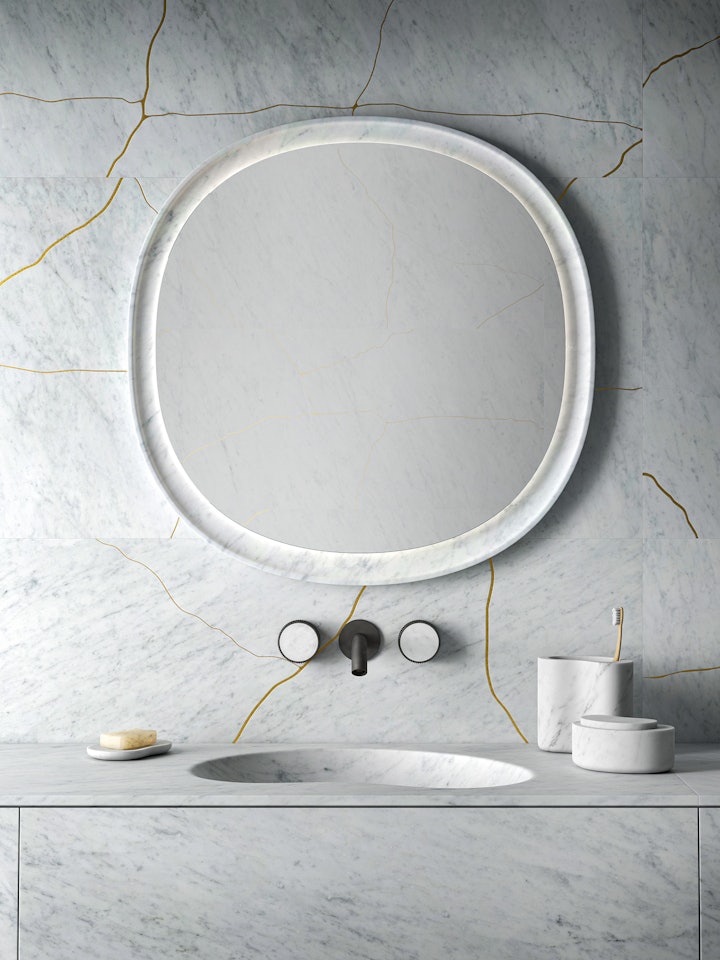
Lithoverde® also contributes points within LEED (Leadership in Energy and Environmental Design), the green building rating system which is promoted by the US Building Council and generally considered the global benchmark in assessing a building’s sustainable credentials.
Lost Stones, on the other hand, could be described as the interior design equivalent of a bespoke suit and, like its sartorial cousin, is produced completely to order, chosen and cut for the environment it will grace.
The idea behind it is to use abandoned, age-old slabs and fragments of stone and give them a glorious new life in a homage to the ancient Oriental art of Kintsugi. Where the Japanese used golden seams to repair broken porcelain, we apply the same technique to the cracks and imperfections of the natural stone we retrieve, including extraordinary materials such as the same marble used for the Notre Dame cathedral in Paris or by Mies Van Der Rohe for his acclaimed Barcelona Pavilion. The result is a truly unique and elegant texture, brimming with history and character.
Now that we have looked at what sustainable construction means and considered its many advantages, we hope that like us, its philosophy resonates with you. Green architecture is fundamental if we want to create quality buildings that are comfortable, energy-efficient and, most importantly, contribute to a better planet.
The good news is that doing our bit for the environment does not have to mean compromising on aesthetics, and here, choosing the right eco-friendly materials is fundamental, as the two example we shared demonstrate.
If you have any questions on this topic, please get in touch and one of our team will be delighted to help.


